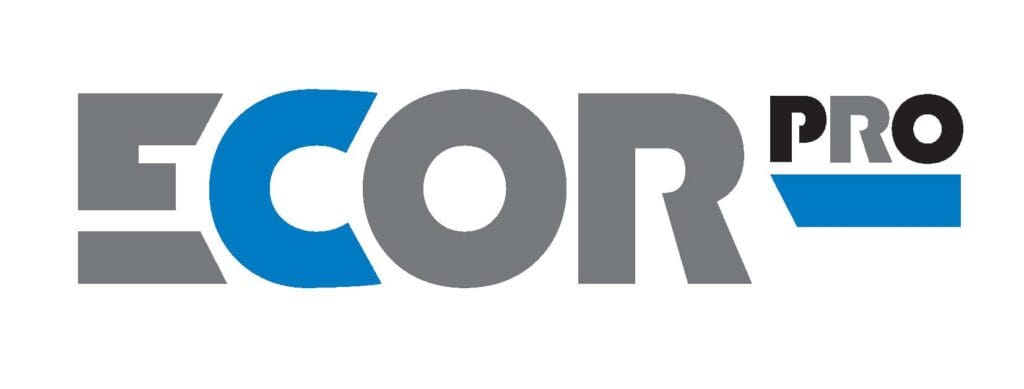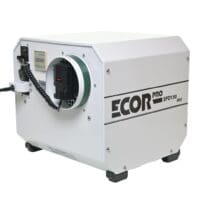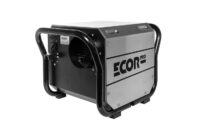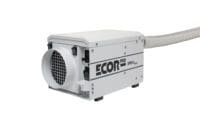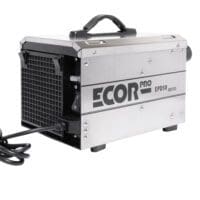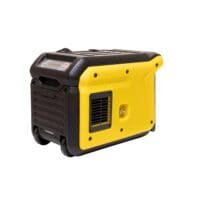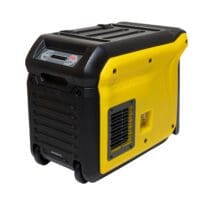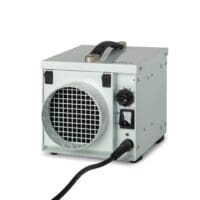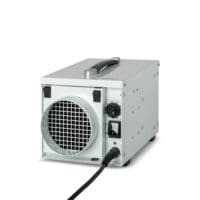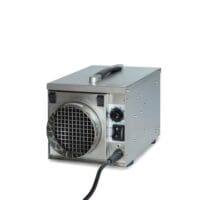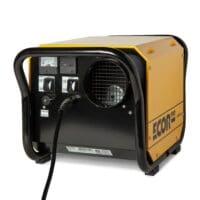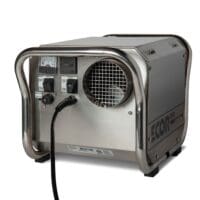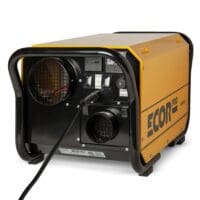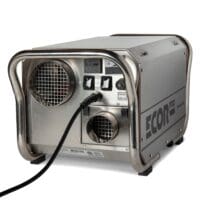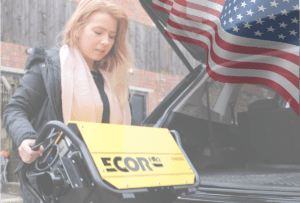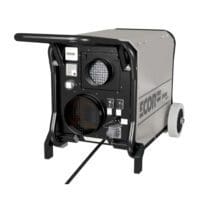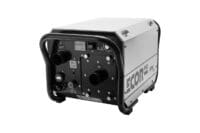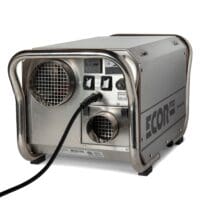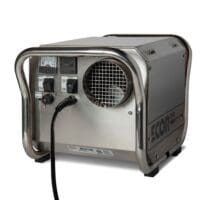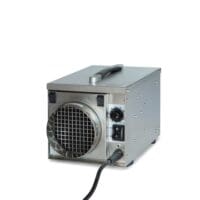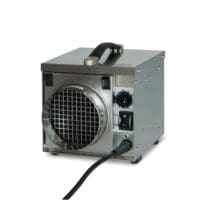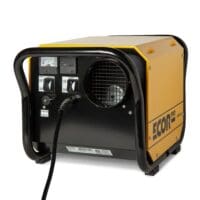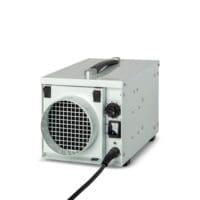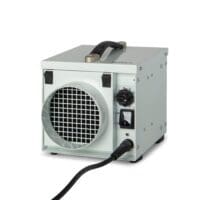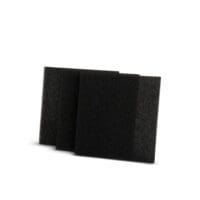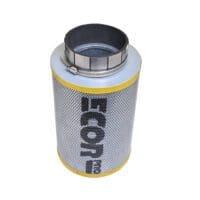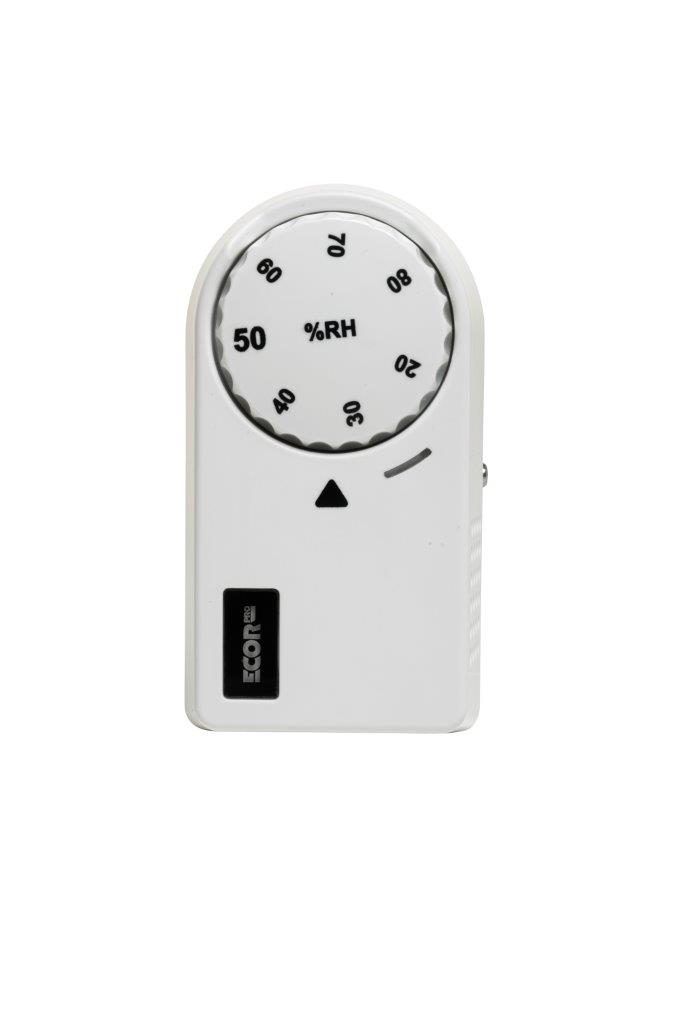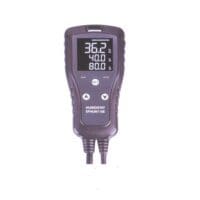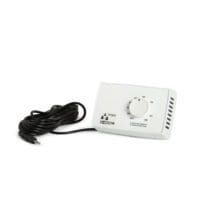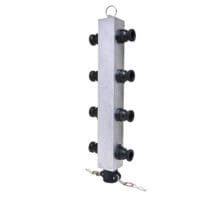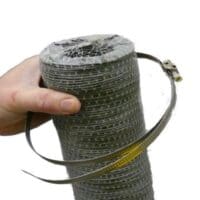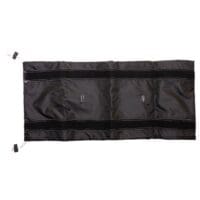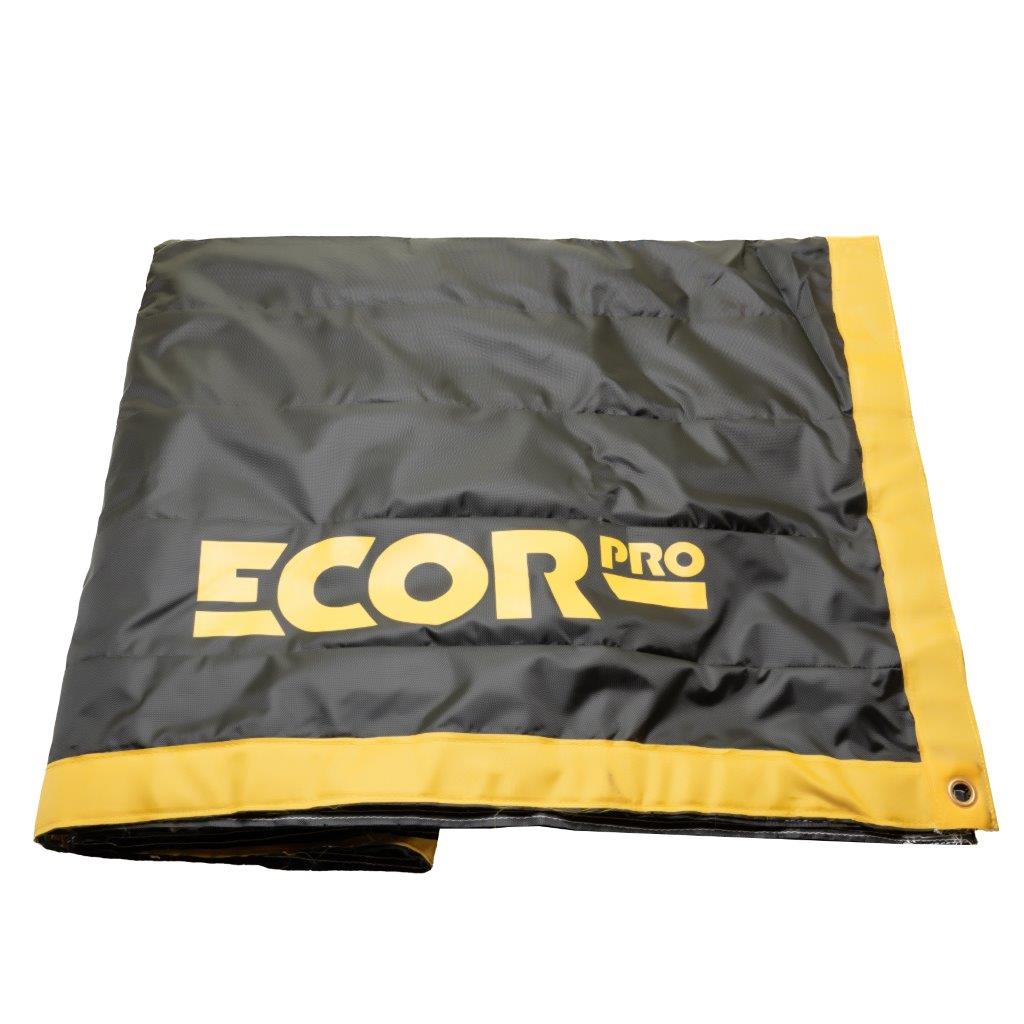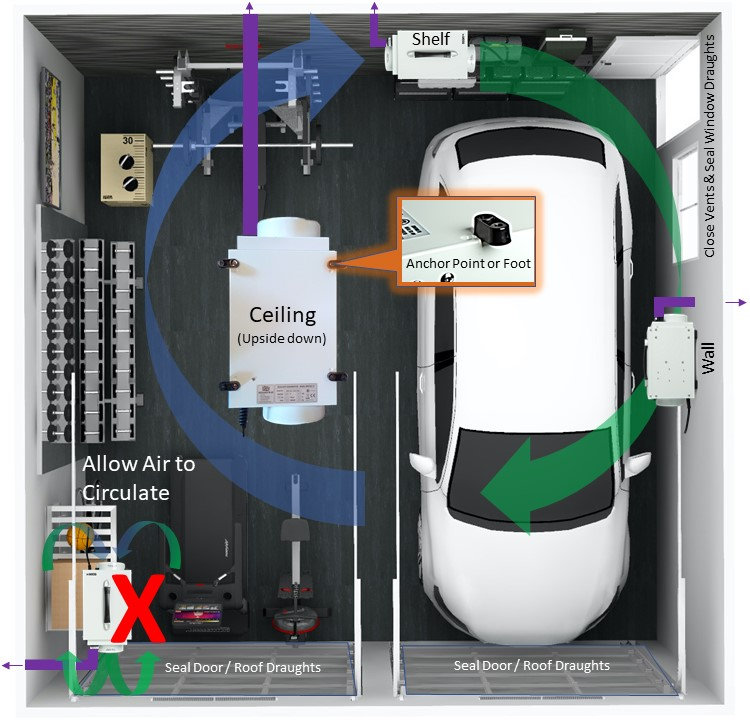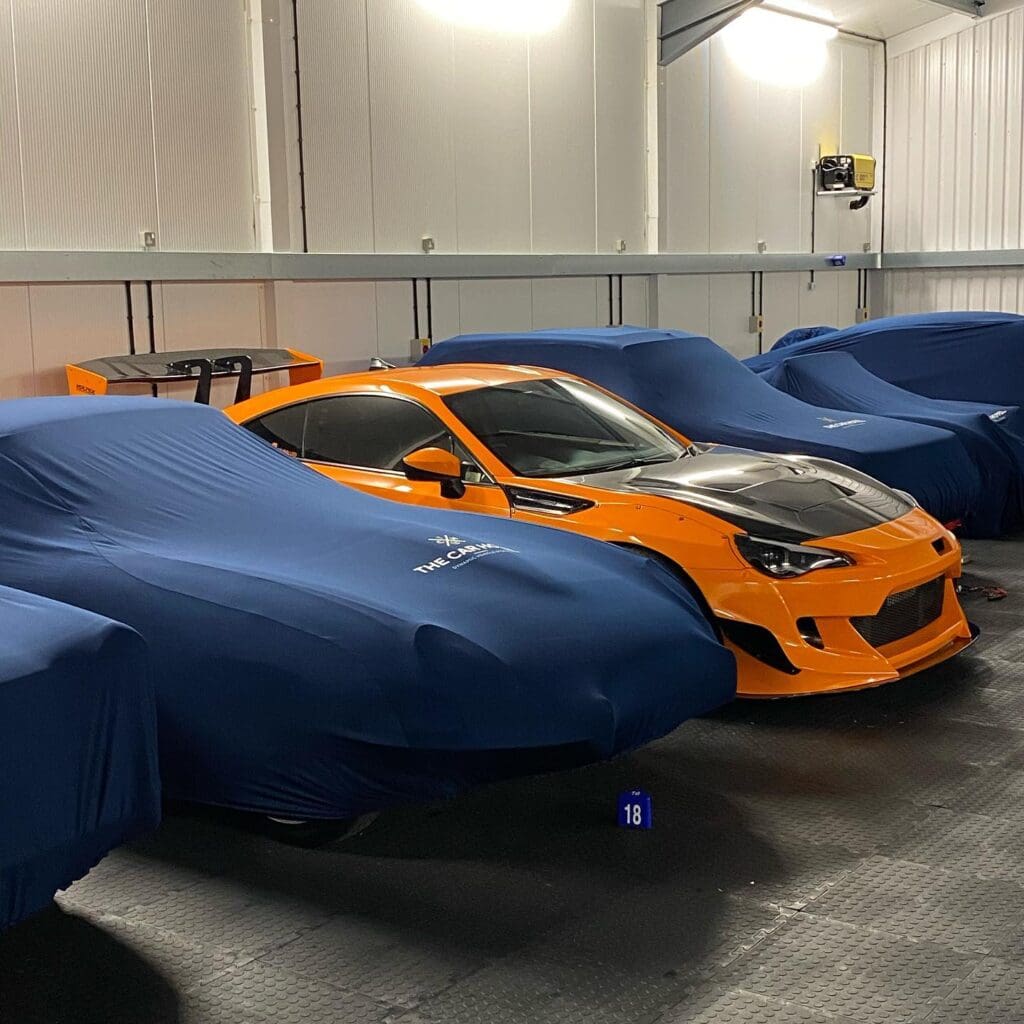
PROTECT YOUR INVESTMENT WITH A garage dehumidifier
Unheated garages allow rust to form on cars, tools and other belongings. Our desiccant dehumidifier range will protect them all.
Keep Rust at Bay
Rumour has it that the world’s most expensive classic car, a Mercedes-Benz Silver Arrow 300 SLR “Uhlenhaut” Coupe, was bought at a secret auction for a record £115 million in May 2022.
Your pride and joy may not be worth quite that much, but it’s still an investment worth protecting, and that means keeping rust at bay.
You may think your car is safely tucked away in the garage, but when the temperature drops in the northern hemisphere, usually between October and March, rust rears its ugly head, attacking the metal and damaging your investment.
There is always moisture in the air, but when a snow-covered car is driven into the garage, the humidity rises massively, and that can spell disaster. It’s why some people argue that cars are better off outside in such conditions, although that, of course, is not a great idea for many other reasons.
The answer is to install a dehumidifier from Ecor Pro which will remove any excess moisture from the air, keep the humidity levels low and protect your car – classic or otherwise – along with anything else that you store in the garage.
As well as preventing rust, a dehumidifier will stop mould growing on damp surfaces, protecting stored garden umbrellas, chairs, recliners and the many other things we all keep in our unheated and often drafty garages.
When it comes to choosing a dehumidifier, Ecor Pro’s desiccant range is by far the best choice, as these models vastly outperform refrigerant dehumidifiers when the temperature drops. In cold weather, when refrigerant models become increasingly ineffective a desiccant machine will continue to do the job.
NOT JUST COLDER CLIMATES
And dehumidifiers are not just for colder climates. Even in warmer parts of the world, moisture can form on surfaces that may not feel cold to the touch but are still relatively cold, such as a garage or basement, where moisture in the air will again begin to condense and turn back in to water.
Ecor Pro dehumidifiers are also ahead of the competition when it comes to energy efficiency, an increasingly important consideration for anyone who cares about the environment or about their energy bills – and that’s all of us (with the possible exception of whoever spent £115 million on the Merc.).
The other benefit of a desiccant dehumidifier is that the moisture in the air is vented straight out of the building as a vapour, rather than being collected in the machine. There’s nothing to empty – and no chance of spillage.
The Ecor Pro range has a model to suit all sizes of garage. For a single garage we recommend the DH800 (EPD30), for a double garage the DH1200 (EPD 50) or for a larger space the DH2500 (EPD150).
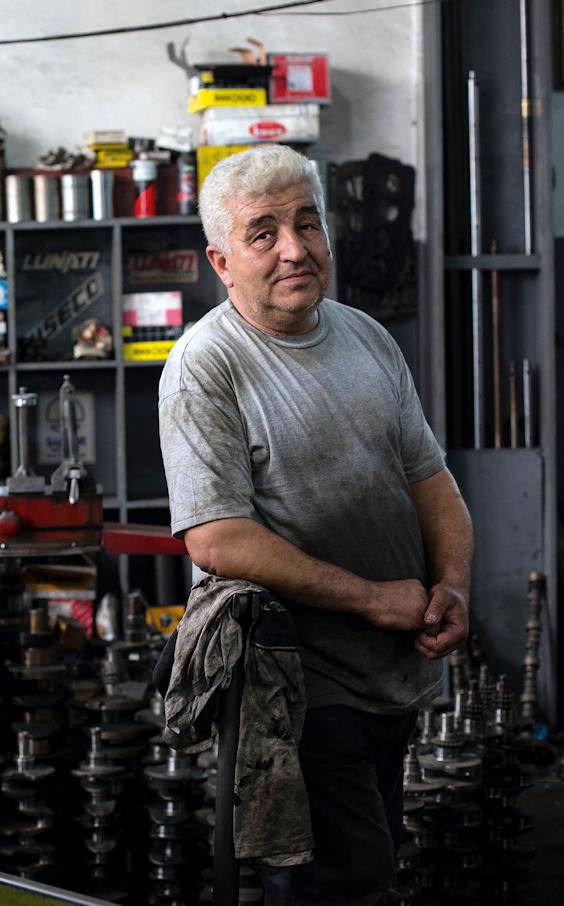
FOR HOME or Commercial Garages, TOO

Single
Garage
Small single garage
suitable for one car
EPD30 – USA
DH800 – EU

Double
Garage
Double garage
suitable for two cars
EPD50 – USA
DH1200 – EU
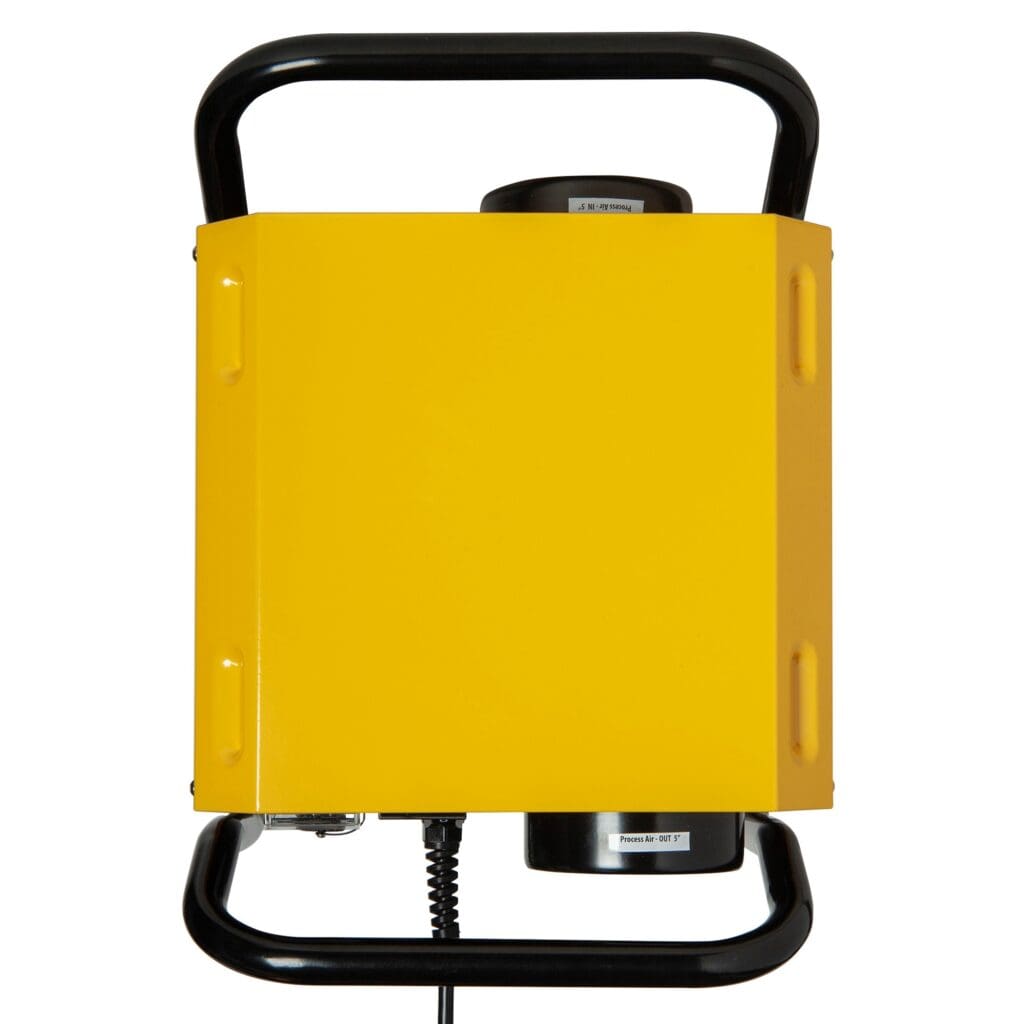
treble
Garage
Suitable for three
car garage.
EPHUM220 humidistat
required.
EPD150 – USA
DH2500 – EU
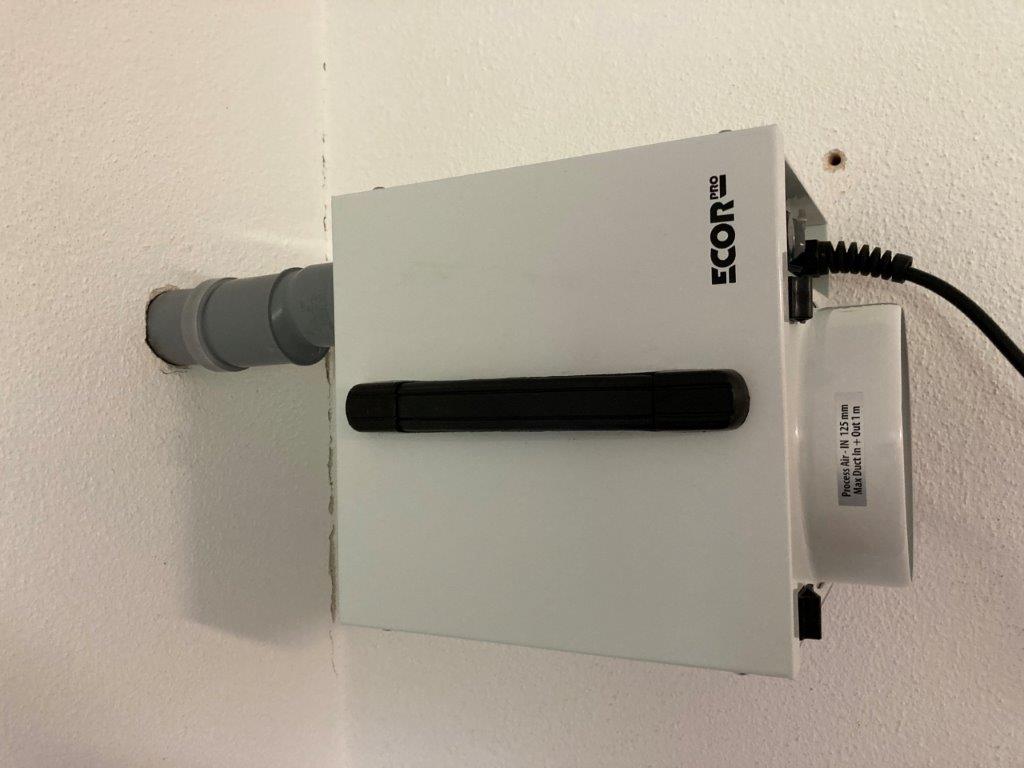
X

A Bad installation example
Exhausting air against a wall
In this example, exhaust air is being directed at the garage wall, causing dry air to be passed back to the dehumidifier’s humidistat and turning the unit off prematurely. It also does not allow the air in the garage to mix. The problem can be solved by setting the exhaust at 90° to the dehumidifier.
Ensure the garage is sealed
If the wind blows and the garage lets in air, all the air the dehumidifier has dried will be replaced with damp air from outside. Solve the problem by using expanding foam to seal holes. Consider better fittings around garage doors or expanding panels that seal the garage door from drafts.
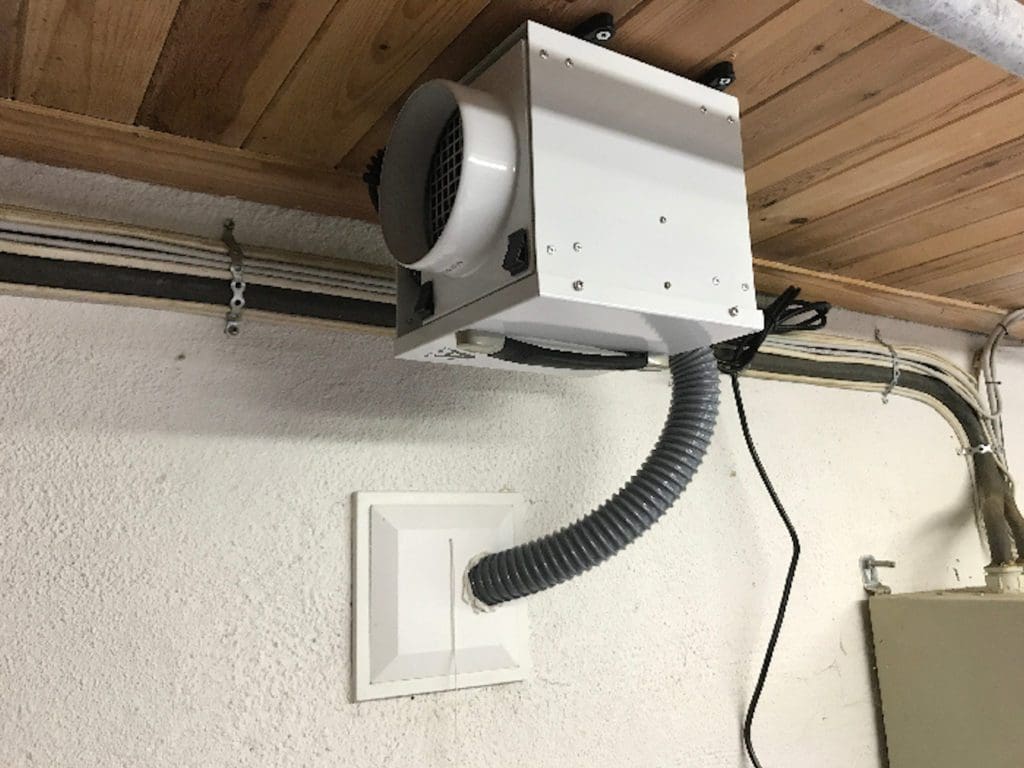
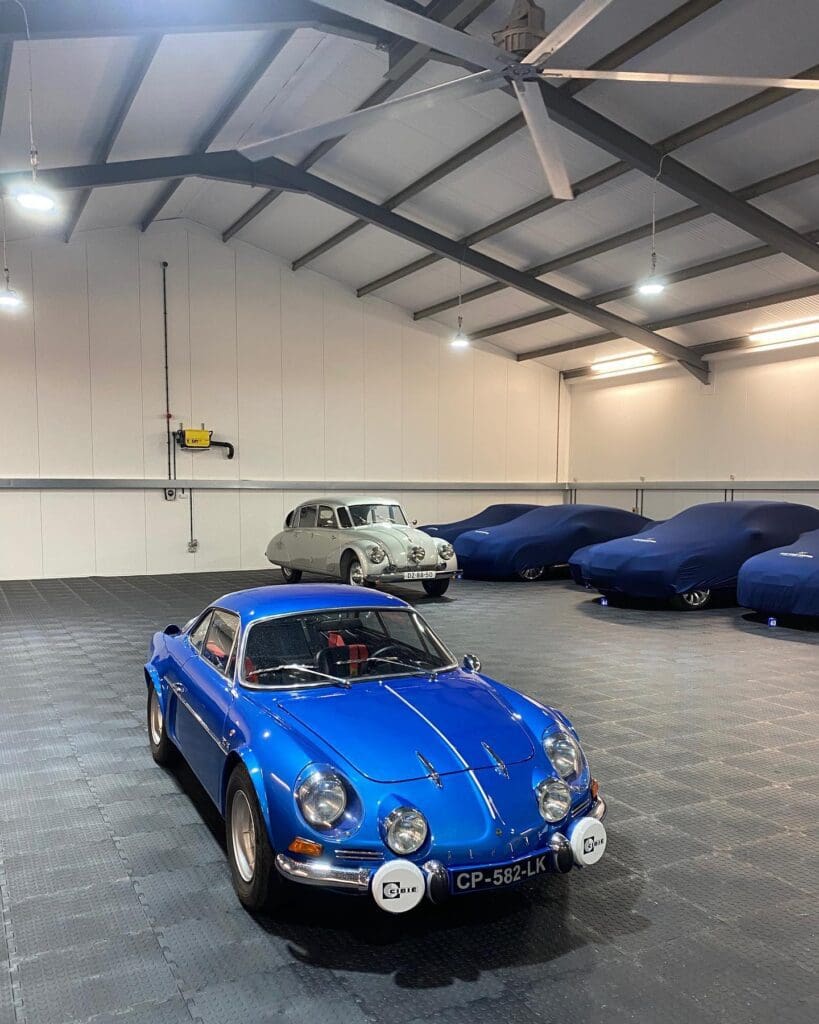
Case Study: The Car Hotel
The Car Hotel protects luxury sports cars and classic cars left in its care by their prestigious clients. While older cars are particular vulnerable to rust, even modern cars need protection from excess humidity to keep them in pristine condition.
Rust forms in a relative humidity of only 55%, giving the Car Hotel two options when it set out to provide rust-free storage. To keep humidity low it needed to maintain the garage at a higher temperature than the outside air or dehumidify.
Although the initial cost of warehouse heaters would have been lower, their energy consumption is high whether powered by gas or electricity, and with rising energy charges, that is even more true today. The door would need to stay closed except when clients needed access to their cars.
Ongoing running costs, then, meant dehumidifying would be the most cost-effective solution. The next issue was to decide the average ambient temperature. The hotel owners decided to heat the building to provide a comfortable environment for clients and staff, but only to around 15°C/59°F, while In some situations there would be no heating at all. This meant that in colder weather, using a refrigerant dehumidifier would run the risk of ice forming and would mean the unit having to be emptied. Using a desiccant machine would mean better low temperature performance and the moisture being vented outside.
While a competitor suggested using one large dehumidifier and ducting dry air around the building, Ecor Pro recommended using several DH3500 (EPD200) units placed around the building and each monitoring local humidity. As well as improving reliability, the Eco Pro solution meant air would be driven around the area to prevent dry air spots – and it was cheaper, since ducting is expensive and one large dehumidifier can often be more expensive than several smaller dehumidifiers with the equivalent extraction capacity.
The humidity, though, took some time to reduce. Concrete flooring retained a lot of moisture and wind entering the building through gaps pushed the humidity up. Sealing the holes with expanding foam kept out the drafts and allowed Ecor Pro’s DH3500 machines to do their job and protect the Car Hotel’s prestigious (and highly valuable) guests.
See The Car Hotel’s website

